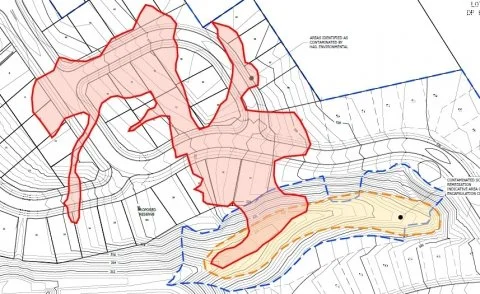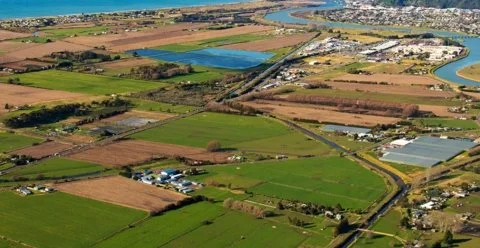
News
Project Examples
Here are a few examples of previous projects that we have successfully completed. If you would like to discuss your upcoming project, please get in touch.
HAIL Environmental reaches the South Island
HAIL Environmental is delighted to announce that Reagan Knapp CEnvP-SC has joined the HAIL team as our Canterbury regional specialist, based in Banks Peninsula.
Best Regional Remedial Project 2019
HAIL Environmental was awarded Best Regional Remedial Project for the management of the Kopeopeo Canal Remediation Project at the Australasian Land and Groundwater Association's Annual Industry Excellence Awards, November 2019.
X-ray Fluorescence (XRF) Surveys with HAIL Environmental
HAIL Environmental can now offer field testing of heavy metal contaminants in soil, using our latest acquisition…
Best Presentation at Ecoforum
Dr. Dave Bull and Waikato Regional Council team leader Michelle Begbie were awarded best podium presentation on the second day of the Australasian Land and Groundwater Association's annual Ecoforum conference recently held in Auckland.
Turbidity as a Proxy for Suspended Dioxins
One of the key challenges of the Kopeopeo Canal remediation project is keeping dioxins from moving around the broader drainage network.
Naturally Occurring Arsenic
Naturally occurring (geogenic) arsenic seems to be a surprisingly common 'natural hazard' around New Zealand.
Dave Bull's Interview
HAIL Environmental’s Dr. Dave Bull was recently interviewed by Industrial Safety News.
Battelle International Sediment Remediation Conference, New Orleans. 9-12 January, 2017
Brendon Love recently attended the Battelle International Sediment Remediation Conference in New Orleans.






